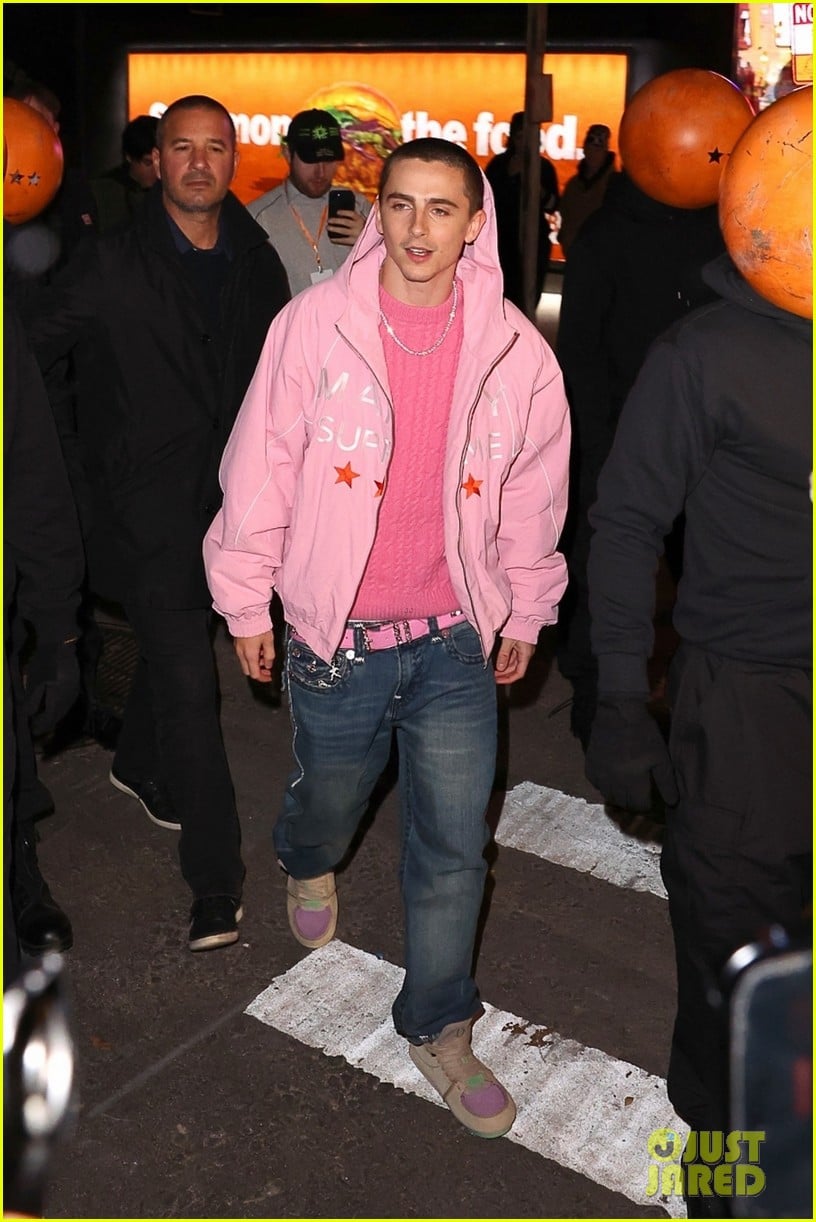About Photo #5243803: Timothee Chalamet is stepping out to promote his new movie! The 29-year-old Oscar-nominated actor was greeted by a crowd of fans as he arrived at a pop-up event…Read More Here
Category: 5. Entertainment
-
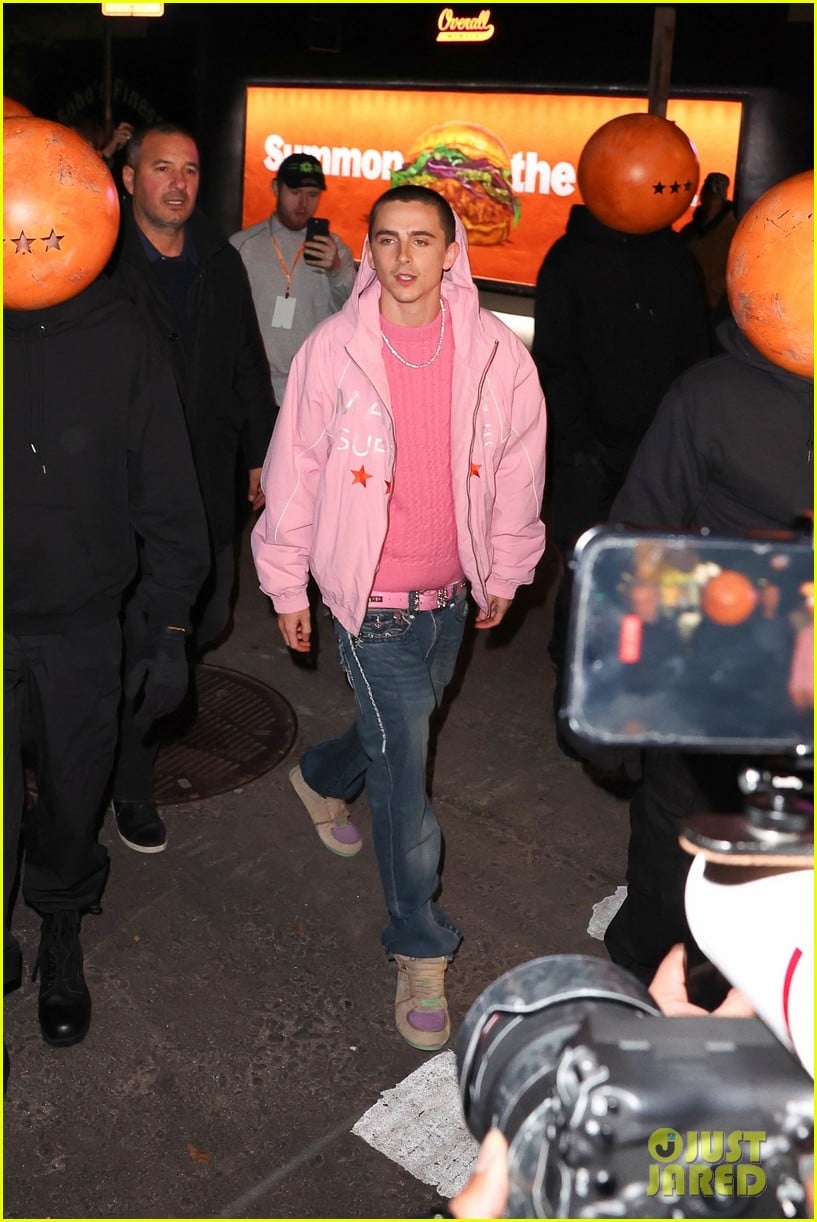
Timothee Chalamet Rocks Bright Pink Outfit for ‘Marty Supreme’ Pop Up Event in NYC: Photo 5243799 | Photos | Just Jared: Celebrity News and Gossip
About Photo #5243799: Timothee Chalamet is stepping out to promote his new movie! The 29-year-old Oscar-nominated actor was greeted by a crowd of fans as he arrived at a pop-up event…Read More Here
Continue Reading
-
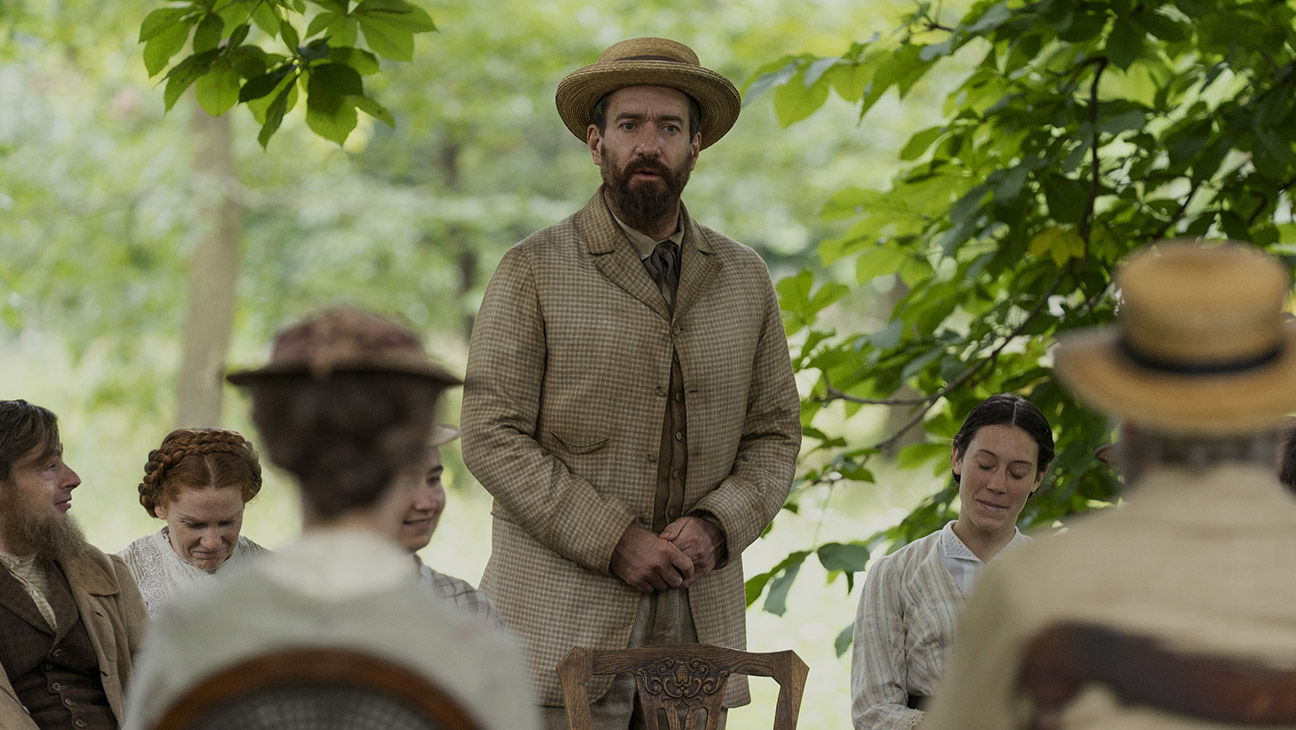
Why You Should Watch Netflix’s ‘Death by Lightning’ Before Thanksgiving
Once in a generation, a television series comes along that can serve a greater good. All in the Family raised social consciousness through comedy. Extreme Makeover: Home Edition gave down-on-their-luck Americans a big, beautiful new home (and…
Continue Reading
-

D4vd case widens as police examine possible accomplices in Tesla death
Police reportedly believe more than one person may have helped hide Celeste Rivas’ body in D4vd’s Tesla
The investigation into the death of teenager…
Continue Reading
-
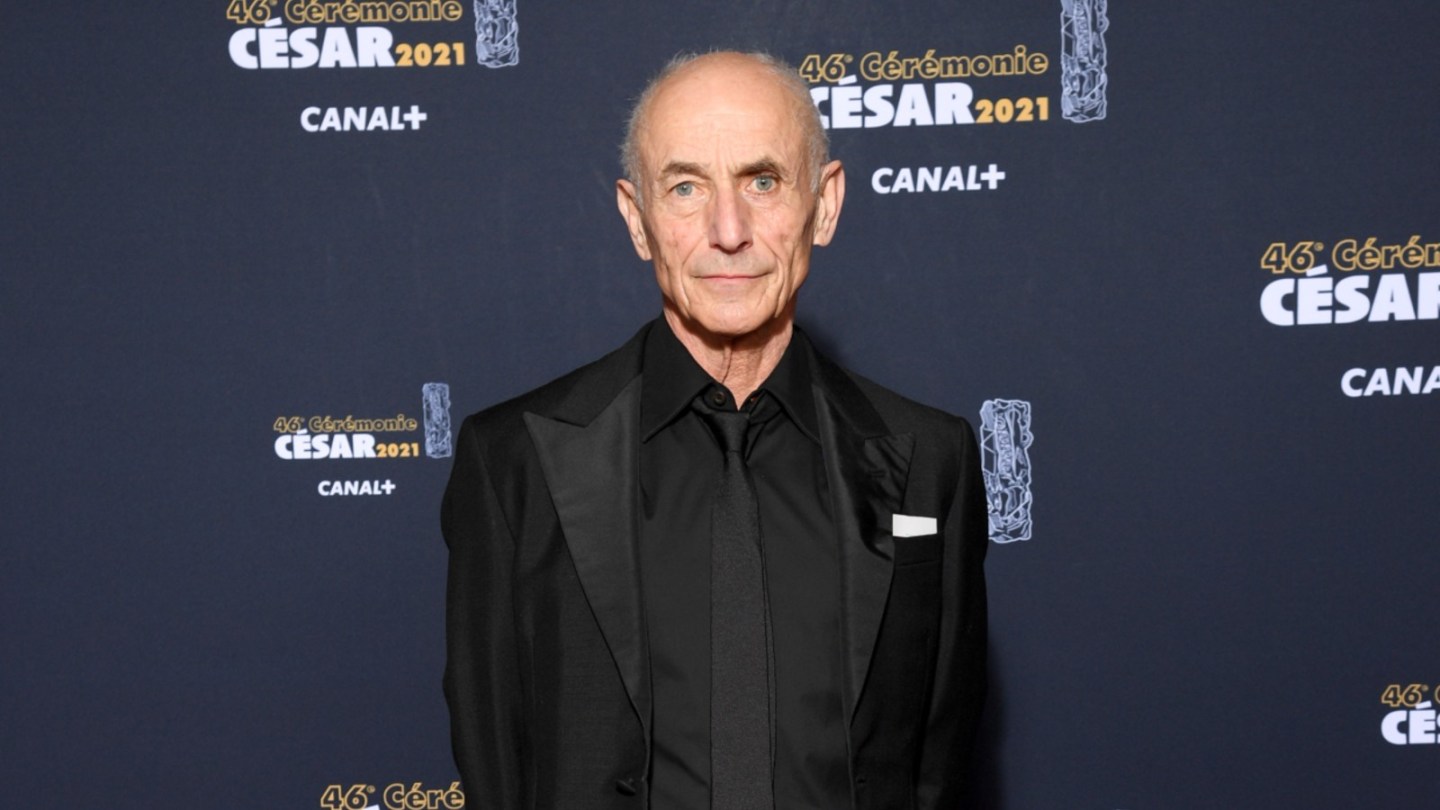
Philippe Rousselot on a Lifetime Behind the Camera
Three years after receiving the Camerimage Lifetime Achievement Award, legendary French DP Philippe Rousselot is back in Toruń.
The French cinematographer — an Oscar winner for his lensing of Robert Redford‘s A River Runs Through It…
Continue Reading
-
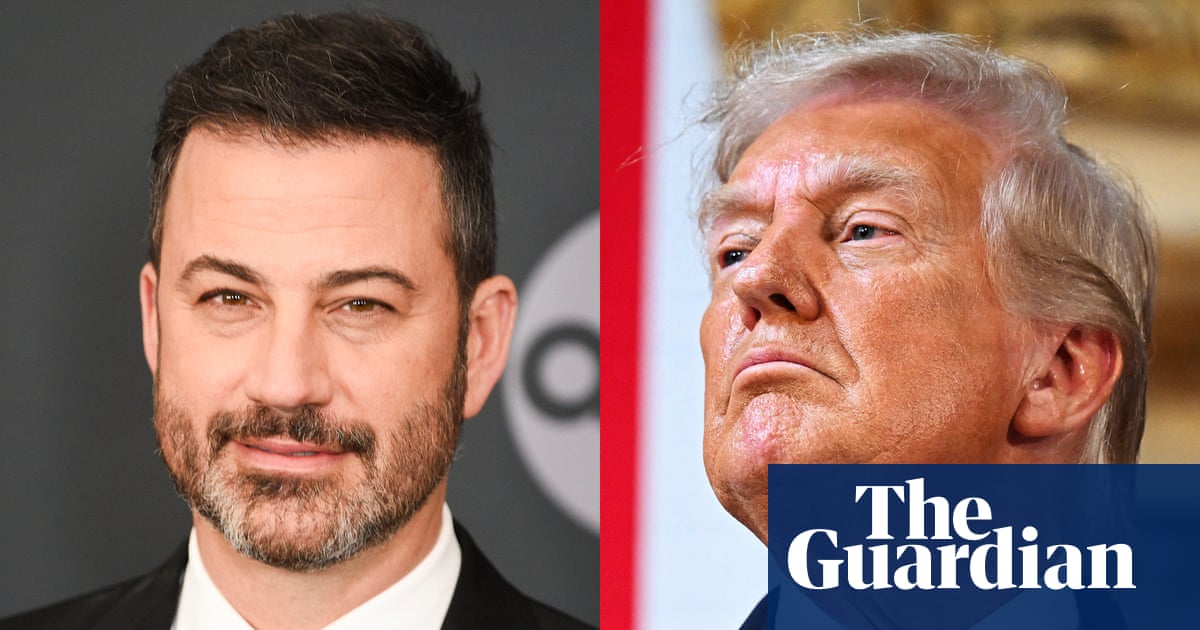
Jimmy Kimmel accuses Trump of trying to get him fired and tells him: ‘Quiet, piggy’ | US news
Early on Thursday morning, Donald Trump made another plea for ABC to fire the late-night comedian Jimmy Kimmel, writing on his Truth Social platform that he has “NO TALENT” and “VERY POOR TELEVISION RATINGS”.
On his show later that night,…
Continue Reading
-
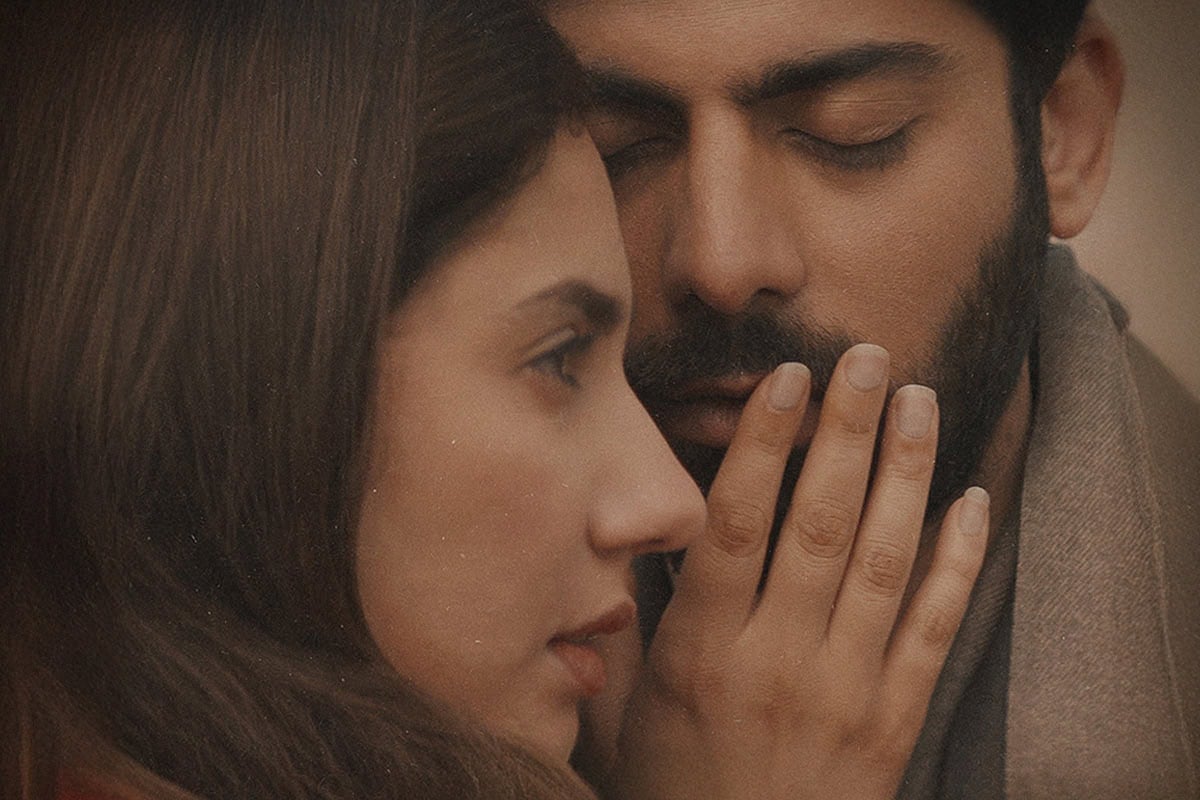
Mahira Khan breaks down in tears in Dubai as Fawad Khan opens up about struggles: ‘It hasn’t been easy’
Dubai: What made Mahira Khan cry in Dubai? Not exhaustion. Not travel chaos. Not the wrong, old passport in hand. Not the whirlwind Neelofar promotions.
She cried because her Humsafar co-star Fawad Khan — normally guarded, composed, and famously…
Continue Reading
-
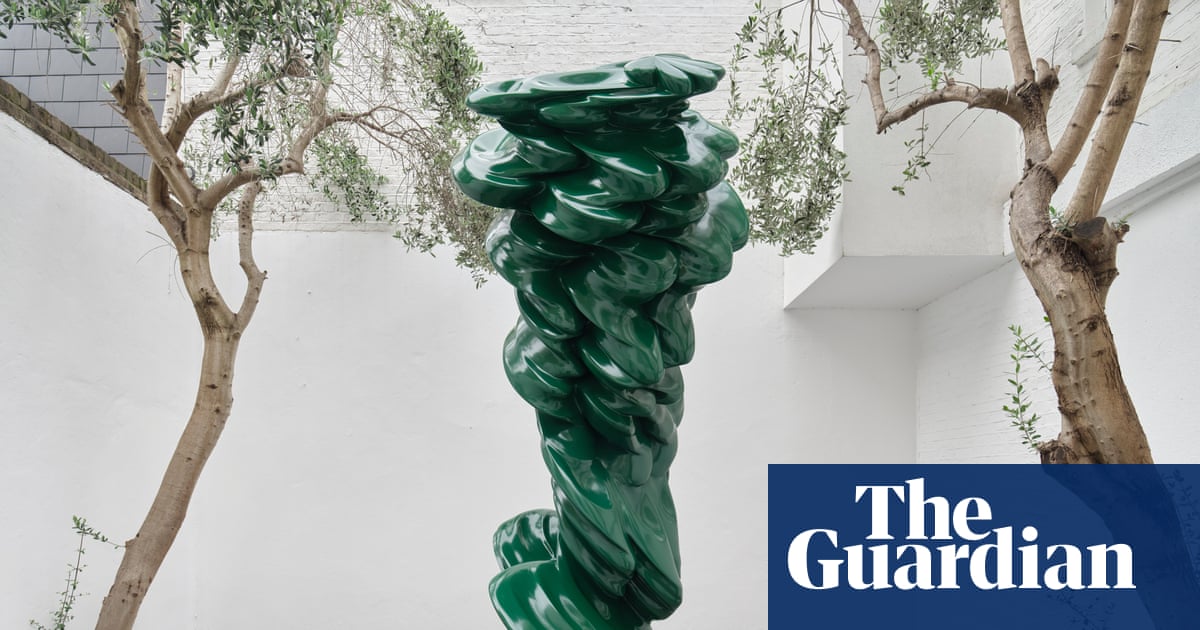
‘People once threw food at modern art!’ Turner-winning sculptor Tony Cragg’s amazing journey to success | Art and design
Let’s suppose that you are a Turner prize-winning sculptor, with more than 50 years in the game. One restless night, an idea comes to you. You work it up in your studio and send it off to the foundry, to be cast in bronze. Finally, you’re…
Continue Reading
-

Ed Sheeran Was Interviewed in a Taxi Live on the TODAY Show
We cab hardly believe Ed Sheeran’s latest interview.
The four-time Grammy-winning singer-songwriter sat down with Craig Melvin in a taxi for a live TODAY interview Nov. 21. It was all in support of his new Netflix special, “One Shot with Ed…
Continue Reading
-

After 10 years talking to knights, squires and wizards, I understand why ren fairs are booming | Culture
“I dunno what to tell ya, mate,” a young knight once told me through his helm’s lifted visor. “Gettin’ shield bashed just feels good.”
For the knaves among thee, a “shield bash” is what it sounds like: to bash, or be bashed, with a…
Continue Reading
